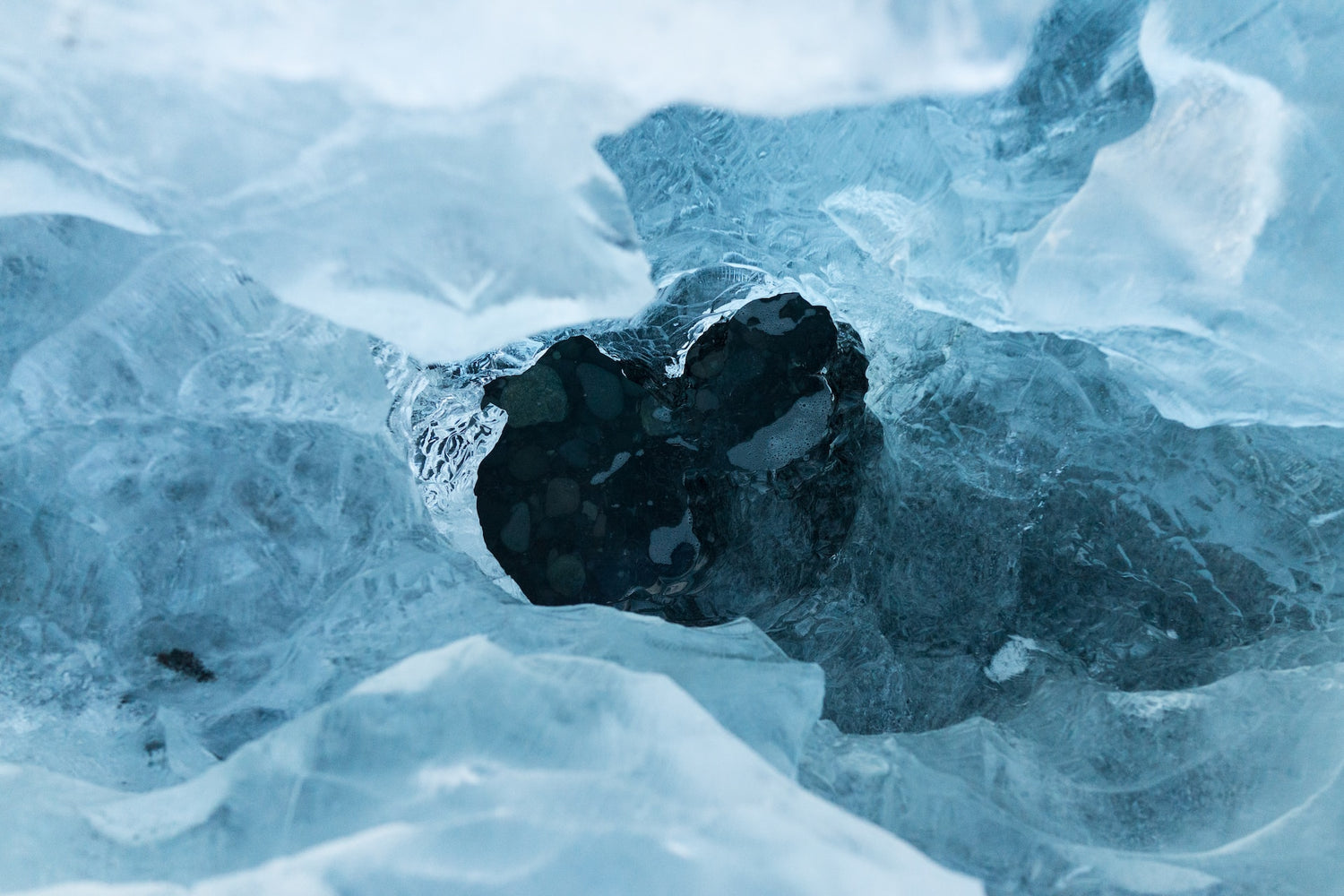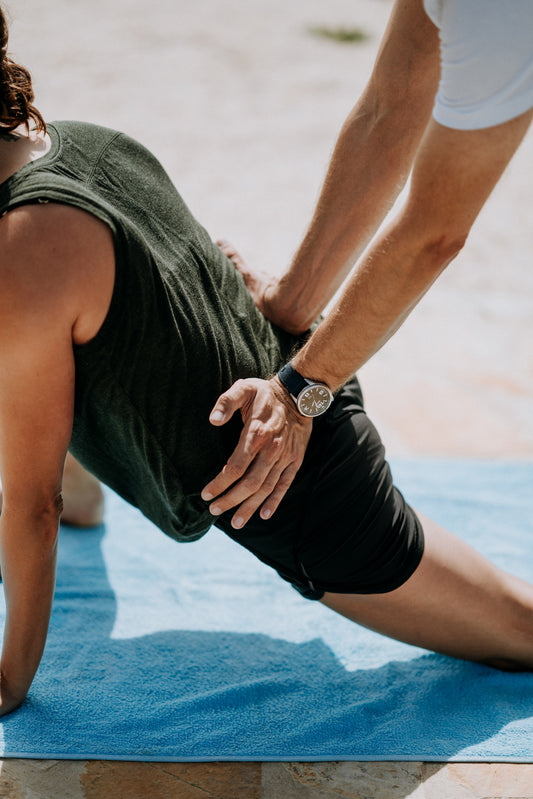From polar plunges to ice baths to cryotherapy, cold exposure is everywhere these days. While the idea of subjecting yourself to cold temperatures may not seem like your idea of wellness, research has revealed a range of health benefits associated with cold exposure. From boosting immunity and enhancing mood to improving circulation and increasing metabolic rate, the cold can be a powerful tool for improving overall well-being. In this blog post, we'll explore the fascinating health benefits of cold exposure and discuss ways to incorporate it into your daily routine.
Safety note: Cold exposure come with risks, and it is important to be aware of these being trying something new. Do not enter a dangerous body of water and never do hyperventilation before or during cold exposure. Start with warmer temperatures and slowly increase to colder temperatures to avoid cold shock. Find a temperature that feels uncomfortable but that you can safely stay in.
Cold exposure, such as cold showers or outdoor winter activities, has been found to enhance immune function. Exposure to cold stimulates the production of white blood cells, including natural killer cells and lymphocytes, which play a crucial role in defending the body against infections. Cold exposure has also been shown to increase the levels of certain cytokines, substances that regulate immune responses. By regularly exposing ourselves to cold, we can strengthen our immune system and potentially reduce the risk of common illnesses.
Cold exposure has a remarkable effect on mental health. The cold activates the sympathetic nervous system, releasing endorphins and other mood-enhancing neurotransmitters. Cold showers, for example, have been associated with reduced symptoms of depression and anxiety, as well as improved mental clarity and focus. Exposure to cold temperatures also promotes the production of norepinephrine, a hormone and neurotransmitter that plays a role in attention, alertness, and mood regulation. Incorporating cold exposure into your routine can be an invigorating and uplifting experience.
When exposed to cold, blood vessels constrict to conserve heat and redirect blood flow to vital organs. This process, known as vasoconstriction, helps improve circulation and cardiovascular health. Regular cold exposure has been linked to reduced blood pressure, increased capillary density, and improved overall vascular function. By promoting efficient blood flow, cold exposure may lower the risk of cardiovascular diseases, such as hypertension and atherosclerosis.
Cold exposure can activate brown adipose tissue (BAT), a type of fat that generates heat to keep the body warm. BAT activation increases energy expenditure and boosts metabolism, which may aid in weight management and potentially help with weight loss efforts. Cold exposure has also been shown to improve insulin sensitivity, supporting healthy blood sugar regulation. While it's not a substitute for a balanced diet and exercise, cold exposure can complement a healthy lifestyle.
Incorporating cold exposure into your routine doesn't have to be extreme. Start gradually by ending your showers with a blast of cold water or taking short walks outside during cooler weather. You can also explore activities like ice baths, cold water swimming, or winter sports. It's important to listen to your body, gradually increasing exposure time and intensity. If you have any underlying health conditions or concerns, consult with your healthcare provider before starting a cold exposure regimen.
Embracing the chill through cold exposure can have profound effects on our physical and mental well-being. By understanding and incorporating these practices, you can unlock the remarkable health benefits of the cold and improve your overall quality of life.
If you are interested in on-demand, expert led movement classes, our expert movement coaches on Stream TBC have resources to support you!








